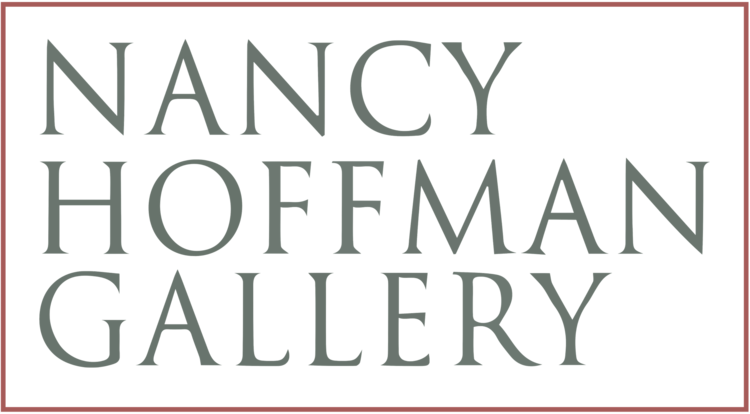Rupert Deese
October 25 — December 8, 2012
Deese writes about this body of work:
“While working on the painted structures, the shapes of which are derived from Sierra Nevada river valleys and the colors from their adjacent mountains and flora, I have wondered about the nature of perception and the perception of nature. Does my sense of the river valleys begin from the shapes, colors, rhythms, and patterns of the rocks, water, flora, and sky, or from a field of vision somewhere between me and my subject.
“In the studio, materials gathered on walks, photographs, and watercolor studies, provide tangible evidence of the alpine scenes. When I am out in the mountains, however, these elements of the landscape dart around like sprites, unhinged to the apparent surface of things. Some fraction of this remembered experience can be evoked with color.
“Time is another essential aspect of the landscape to be considered. Gazing at a scene one observes something simultaneously complete and changing. Seen from a vantage point, the sky-, land-, or seascape appears to flow--to be in flux--and that flux is part of its constant state. The painted structures likewise engage time by changing in appearance as the light illuminating them fluctuates in amount and quality throughout the day.
“The shaping and modeling of each painted structure is critical to focusing the river valley’s features into an artwork. Initially a pattern of equilateral triangles is laid across a topographic map of the landscape and scaled to the size of the artwork. This determines the shape and placement of the triangular wooden tiles that will make up the structure’s surface. A mold is then built to approximate the changing elevations of the landscape as indicated on the map. Tiles are laid out across the mold to form a rough model of the river valley. The tiles are painted with gesso and their edges are modeled to align with the larger triangles implicit in the tiling pattern. In this way, the land’s proportions of distance and elevation, simplified by the tiling pattern, become structured into the artwork.
“When complete, the painted structure, adopted and adapted from facts about the land, becomes something separate and no longer exclusively about the land. The field derived colors and measurements are distilled into a fiction of proportion, pattern, and color that becomes a discrete entity--a new fact--complementary to but distinct from the river valley that inspired it.”
Rupert Deese was born in Upland, California in 1952. He received his M.F.A. and B.A. degrees from the University of California at Santa Barbara. He was artist-in- residence at the Chinati Foundation, Marfa, Texas.
The artist’s work has been shown at the Aldrich Museum of Contemporary Art, Connecticut; American Academy of Sciences, New York; Arkansas Art Center, Little Rock; Art in Embassies Program, United States Department of State (South Korea); The Chinati Foundation, Marfa, Texas; Crocker Art Gallery, Sacramento, California; The Heckscher Museum of Art, Huntington, New York; Reese Bullen Gallery, Humboldt State University, Arcata, California; Kohler Arts Center, Sheboygan, Wisconsin; Loyola University, New Orleans, Louisiana; Naples Museum of Art, Florida; Nevada Museum of Art, Reno; New York State Museum, Albany; University Art Museum, State University of New York, Binghamton. His work is included in the collections of The Metropolitan Museum of Art, New York and the Nevada Museum of Art, Reno.
For additional information and/or photographs, please call 212-966-6676 or email Nancy Hoffman Gallery at info@nancyhoffmangallery.com
Yours sincerely,
Nancy Hoffman



















